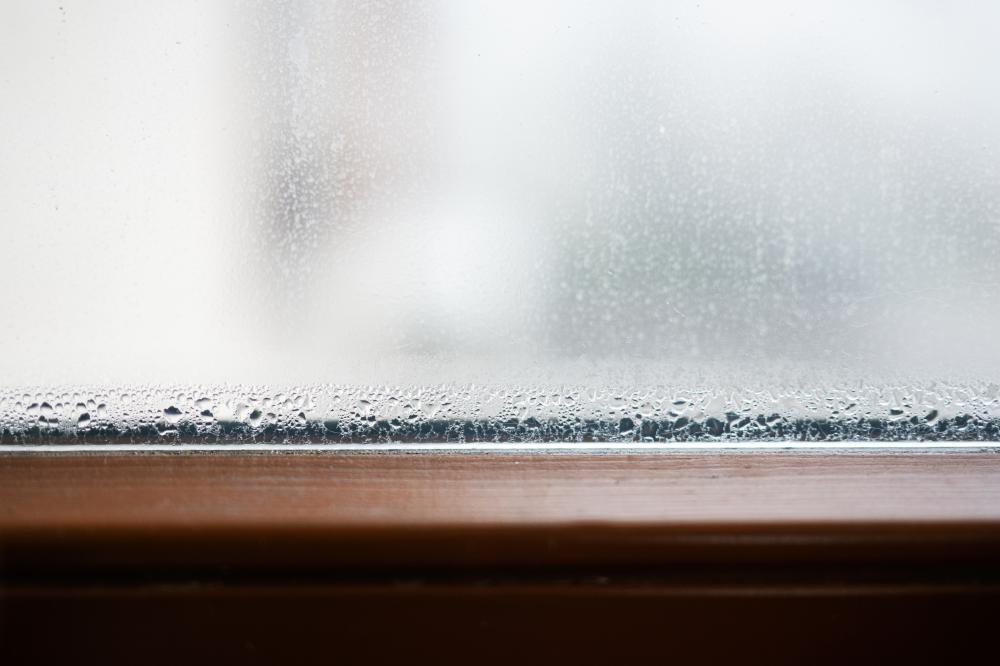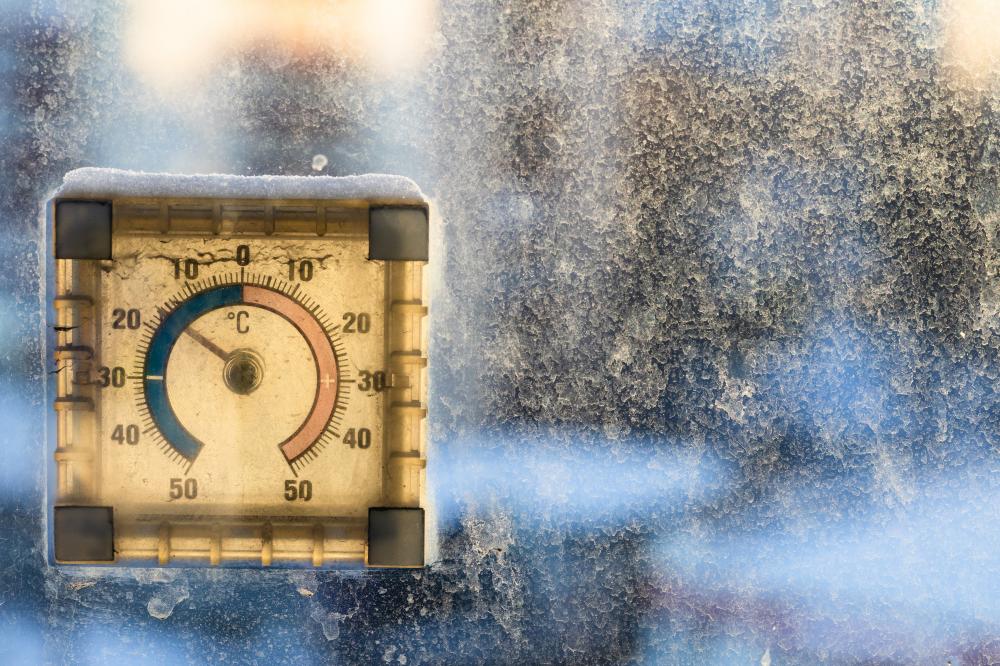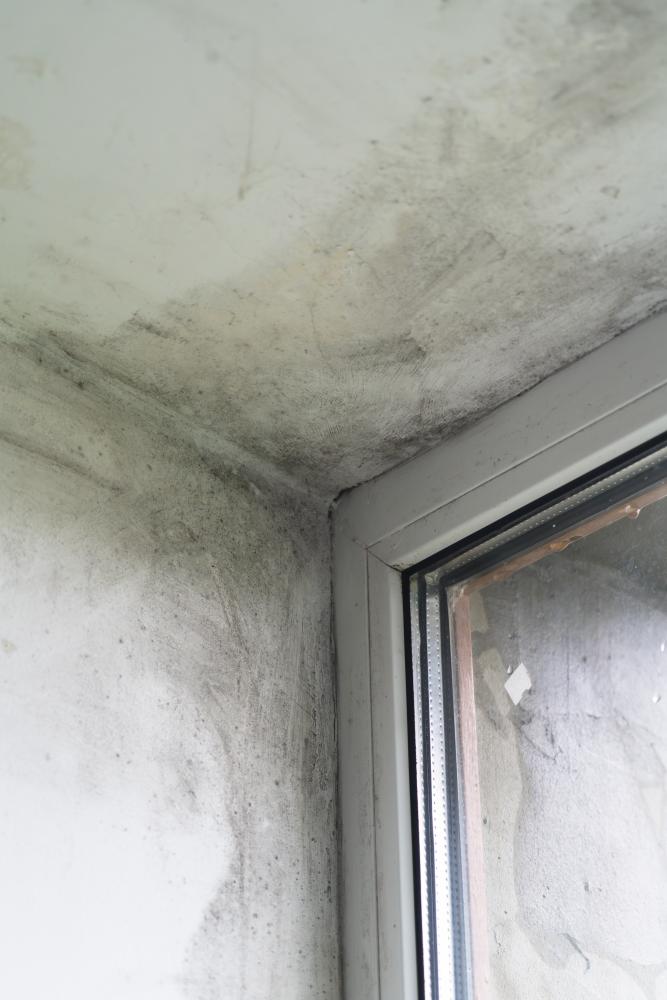
Understanding How Humidity Affects Your Home’s Comfort & Health
As a trusted HVAC provider in the San Fernando Valley, we often emphasize the importance of understanding how humidity affects your home’s comfort & health. Humidity plays a crucial role in determining the comfort levels of your living spaces. When humidity levels are balanced, you will enjoy a comfortable environment. However, imbalances can lead to discomfort and health problems.
High humidity can make your home feel warmer than it is, causing excessive sweating and discomfort. In contrast, low humidity can dry out your skin, eyes, and respiratory passages, leading to irritation and discomfort. Balancing these levels is essential for maintaining comfort and health throughout your home.
Health Implications of Humidity Levels
Humidity levels have direct health implications. High humidity encourages mold and dust mite growth, both of which can exacerbate allergies and respiratory issues. Mold spores thrive in damp environments, posing significant health risks to household members with asthma or allergies.
On the flip side, low humidity can cause dry skin, chapped lips, and respiratory discomfort. During the colder months in the San Fernando Valley, when indoor heating is prevalent, humidity levels often drop. This decrease can lead to an increase in colds and respiratory issues due to dry airways.
Maintaining Optimal Humidity:- Use humidifiers during dry seasons.
- Apply dehumidifiers in high-humidity conditions.
- Ensure proper ventilation to regulate indoor humidity.
Impacts on Your Home's Infrastructure
Humidity doesn’t just affect your health; it also impacts your home’s structural integrity. Excess humidity can cause wooden floors to swell and warp. This can lead to cracks in walls and ceilings, and even peeling paint. Maintaining balance is crucial.
Low humidity can be equally problematic. It causes wood to shrink and crack, which can damage furniture and flooring. For homeowners in the San Fernando Valley, where weather conditions can vary, monitoring and adjusting the indoor climate is vital to preventing costly repairs.
Achieving Balance with HVAC Solutions
Our NADCA-certified technicians have a wealth of experience in managing how humidity affects your home’s comfort & health. We offer tailored solutions to help you maintain optimal humidity levels. Our HVAC systems are designed to regulate indoor climates efficiently, providing comfort and safety year-round.
Investing in whole-home humidity control systems ensures that your home remains within the ideal humidity range of 40-60%. This level provides the perfect balance for health and comfort, minimizing the risks associated with both high and low humidity.
Key Steps:- Regular HVAC maintenance checks.
- Installation of humidifiers and dehumidifiers.
- Adjusting settings with seasonal changes.
Our Personal Insights and Professional Experiences
Over the years, we have seen how humidity affects your home’s comfort & health. One memorable instance involved a family experiencing severe allergy symptoms due to high humidity. After installing a dehumidifier, their health improved remarkably, and they were grateful for the difference it made.
We believe in providing solutions that genuinely enhance our clients’ living environments. Our goal is to ensure that our services contribute positively to the lives of those we serve. Through consultation and expert installation, we aim to make every home in the San Fernando Valley a more comfortable place to live.

Understanding Indoor Humidity Levels
Indoor humidity levels play a crucial role in maintaining a comfortable living environment. In our work across the San Fernando Valley, we've seen firsthand how fluctuations can impact daily life. Humidity levels that are too high or too low can lead to discomfort and health issues. Maintaining the right balance is key for both comfort and health.
Optimal indoor humidity levels generally fall between 40% to 60%. This range supports respiratory health, prevents mold growth, and keeps structural elements intact. You might wonder why this range is so important. Well, humidity levels below 40% can lead to dry skin and respiratory irritations. Conversely, levels above 60% can promote mold growth and even damage wooden structures.
Effects of Humidity on Your Home
Humidity levels directly influence the structural integrity of your home. High levels can cause wood to swell or warp. This can lead to costly repairs over time. On the other hand, low humidity can dry out wooden furniture and flooring, causing cracks and gaps. Therefore, monitoring and adjusting indoor humidity levels is essential for the longevity of your home.
High indoor humidity levels often result in condensation on windows and walls. You might also notice a musty smell or mold growth in some areas. These are clear indicators that your indoor humidity levels need adjustment. In our experience, addressing these signs early can save significant time and money in the long run.
Managing Indoor Humidity Levels
Managing indoor humidity levels requires a proactive approach. Using dehumidifiers can effectively reduce excess moisture. Alternatively, humidifiers are ideal for adding moisture during dry seasons. Both options can help maintain indoor humidity levels within the 40% to 60% range. It’s also beneficial to consider the specific needs of your region.
Natural methods like keeping windows open for ventilation or using exhaust fans in bathrooms and kitchens can contribute positively. However, in areas like the San Fernando Valley, where outdoor humidity levels fluctuate, a more controlled approach may be necessary. Our team always recommends regular checks and maintenance of HVAC systems to ensure consistent indoor humidity levels.
Ultimately, technology plays a pivotal role in maintaining ideal conditions. Smart thermostats and humidity monitors can provide real-time data, allowing you to make timely adjustments. Investing in such technology can lead to a healthier and more comfortable living space.
Impact on Health and Well-being
Indoor humidity levels significantly affect health and well-being. For those with respiratory issues, balanced humidity can alleviate symptoms and improve quality of life. High humidity levels can exacerbate asthma and allergies by promoting mold and dust mites. Meanwhile, low humidity levels can cause dry skin, itchy eyes, and worsen respiratory ailments.
Our experience has shown that maintaining the recommended indoor humidity levels can enhance overall comfort. During extreme weather conditions, ensuring proper humidity control becomes even more critical. It helps prevent the spread of airborne illnesses and contributes to better sleep quality by maintaining a comfortable environment.
Tools and Tips for Maintaining Ideal Humidity
To effectively manage indoor humidity levels, consider investing in quality HVAC systems. These systems can regulate moisture levels easily. Regular maintenance of these systems is a must to ensure optimal performance. An inspection by professionals can identify issues before they become major problems.
Simple actions like placing plants in dry areas or using moisture-absorbing materials can also help. Using high-efficiency particulate air (HEPA) filters can reduce mold spores and allergens in the air. It's always good to adapt practices to fit your specific home environment and needs. Our technicians are available to offer tailored advice on maintaining perfect indoor humidity levels.
Understanding Mold Growth in Homes
Living in the San Fernando Valley, we frequently encounter mold growth in homes due to the region’s humid climate. Mold thrives in moist environments, often resulting from leaks or condensation in the HVAC systems we service. As HVAC professionals, we see first-hand how mold can negatively impact indoor air quality. This not only affects the aesthetic appeal of your living spaces but also poses health risks if left unaddressed.
Our technicians often find mold growth in homes in areas like basements, attics, or near windows where condensation accumulates. These areas are prime breeding grounds for mold because of poor ventilation and consistent moisture exposure. To combat this, it's crucial to understand the environmental conditions that contribute to mold growth in homes.
It’s not just about spotting mold; it’s about knowing where to look. Mold can often hide behind walls or under carpets. It’s imperative to identify these areas to prevent further mold growth in homes.
Preventing Mold Growth: Practical Tips
At San Fernando Valley HVAC, we emphasize the importance of mold prevention as part of your home maintenance routine. One effective measure is ensuring that your HVAC system is functioning optimally. Regular maintenance can help control humidity levels, a key factor in preventing mold growth in homes.
We advise our clients to use dehumidifiers in damp areas such as basements and to install proper ventilation in bathrooms and kitchens. This helps keep moisture levels low. Our experienced technicians often suggest installing exhaust fans in high-moisture areas to further prevent conditions conducive to mold growth in homes.
It’s also essential to address leaks immediately, whether they’re from the roof, plumbing, or HVAC. Prompt repairs can prevent water damage, which subsequently reduces the risk of mold growth in homes.
Moreover, regularly inspecting your home for signs of water damage or leaks can be a proactive step. Catching these issues early helps in mitigating mold problems before they become severe.
The Effects of Mold Exposure
Mold growth in homes is more than an aesthetic issue; it can have significant health implications. Prolonged exposure to mold can lead to respiratory issues, especially for individuals with allergies or asthma. Our team at San Fernando Valley HVAC has seen cases where mold exposure exacerbates these conditions.
Those with compromised immune systems are also at risk of adverse reactions. Mold spores can trigger allergic reactions, resulting in symptoms like coughing, sneezing, and throat irritation. Moreover, in rare cases, extensive mold exposure can lead to more severe health issues.
Understanding the potential health risks is crucial. It helps homeowners realize the importance of addressing mold growth in homes promptly. Acknowledging these dangers encourages timely and effective interventions.
Effective Mold Remediation and Cleanup
At San Fernando Valley HVAC, we stress the importance of thorough mold remediation to prevent recurrence. Cleanup begins with addressing the moisture source. Without controlling humidity, mold growth in homes will persist. Whether it’s fixing leaks or improving ventilation, reducing moisture is critical.
For large-scale mold issues, professional help may be necessary. Our team is experienced in managing such cases, ensuring your home is safe and mold-free. When dealing with smaller areas, DIY approaches with appropriate protective equipment can be effective.
Cleaning mold-infested areas isn’t just about removing visible mold. It’s about ensuring that the root causes are addressed. This involves proper cleaning, drying affected areas, and disposing of mold-contaminated materials if needed.
Regular follow-ups and checks are crucial to ensure the mold does not return. Understanding these steps ensures the long-term success of mold remediation efforts.
The Value of Professional Assistance
Dealing with mold growth in homes can be daunting. However, professional help from San Fernando Valley HVAC can ease the burden. We provide specialized services that ensure thorough inspection, remediation, and prevention of mold growth in homes.
Our trained technicians bring expertise and tools necessary for dealing with mold effectively. We prioritize safety and efficiency, providing peace of mind to homeowners. When you choose professional intervention, you not only address existing issues but also prevent future problems.

How does humidity affect comfort?
As experts in the San Fernando Valley HVAC, we understand that humidity profoundly influences your home’s comfort. Imagine a hot summer day. If humidity is high, the air becomes saturated, making it harder for sweat to evaporate from your skin. This can leave you feeling sticky and warmer than it actually is. Conversely, during a crisp winter day, low humidity might dry out your skin and airways, causing discomfort. For instance, picture yourself waking up with a sore throat on a dry morning. Balancing indoor humidity levels is crucial. By maintaining them between 40% and 60%, you can prevent these issues, enhancing comfort throughout your home. Have you ever noticed discomfort during extreme seasons? It's likely humidity played a role.
What is the best humidity level for home comfort?
We often recommend our clients aim for an indoor humidity level between 40% and 60%. This range creates a perfect balance that supports both comfort and health. At this level, the air retains enough moisture to prevent dryness without encouraging mold or dust mite growth. From years of experience, I can tell you that homes with controlled humidity levels tend to have fewer complaints about dry skin, static electricity, or condensation issues. Interestingly, studies suggest that maintaining this humidity range can even improve sleep quality. Considering upgrading your HVAC to achieve this balance? It can be a game-changer for your indoor environment.
What humidity level is uncomfortable for a house?
Humidity levels above 60% or below 30% can create discomfort in your living space. High humidity makes the air feel warmer, which can lead to excessive sweating and a general sense of unease. You might also notice more condensation on windows and walls, signaling too much moisture. On the flip side, low humidity can cause dry skin, itchy eyes, and potentially exacerbate respiratory issues. Imagine constantly needing lip balm or feeling a persistent tickle in your throat during winter—that’s low humidity at work. Striking the right humidity balance is essential for avoiding these discomforts. Do you experience these signs in your home?
What is the comfort zone for humidity?
The comfort zone for indoor humidity lies between 40% and 60%. This optimal range not only enhances comfort but also maintains the structural integrity of your home. Excessive or insufficient moisture can lead to wood swelling or cracking, which could result in costly repairs. At San Fernando Valley HVAC, we've seen firsthand how proper humidity control prevents these issues. By keeping within this range, you're creating an environment that supports your health and preserves your home's infrastructure. Have you checked your home’s humidity levels lately? It might be time for a review.
How to effectively manage indoor humidity?
To effectively manage indoor humidity, using a combination of technology and simple home practices is key. Start with a reliable humidifier during dry months and a dehumidifier when it’s humid. Smart thermostats and humidity monitors can offer real-time data, allowing you to make swift adjustments. For instance, after installing a humidity monitor in a client’s home, we observed marked improvements in their comfort and health. Natural methods like opening windows for ventilation, or using exhaust fans in kitchens and bathrooms, also help. But remember, maintenance of HVAC systems is crucial—regular checks ensure all components function optimally, maintaining that crucial 40-60% range. Are you considering any upgrades to your current setup?
#### Resources for Managing Indoor Humidity and Health Implications- Environmental Protection Agency (EPA) – The EPA provides extensive information on indoor air quality, including the effects of humidity on health and the environment. Their guidelines help homeowners manage indoor humidity levels effectively.
- Centers for Disease Control and Prevention (CDC) – The CDC offers valuable insights into the health implications of humidity, highlighting ways to prevent mold growth and respiratory issues related to indoor air quality.
- U.S. Department of Housing and Urban Development (HUD) – HUD provides resources on maintaining healthy homes, including guidelines on regulating humidity to prevent infrastructure damage and improve living conditions.
- U.S. Department of Energy (DOE) – The DOE offers guidance on energy-efficient solutions for home climate control, including tips for regulating humidity through HVAC systems and home insulation.
- American Society of Heating, Refrigerating and Air-Conditioning Engineers (ASHRAE) – ASHRAE is a trusted resource for advanced research and standards on HVAC systems, providing guidelines for optimal indoor humidity management to ensure comfort and health.
- National Institutes of Health (NIH) – The NIH provides information on how environmental factors like humidity affect health, offering research-based insights into maintaining indoor air quality for better respiratory health.
